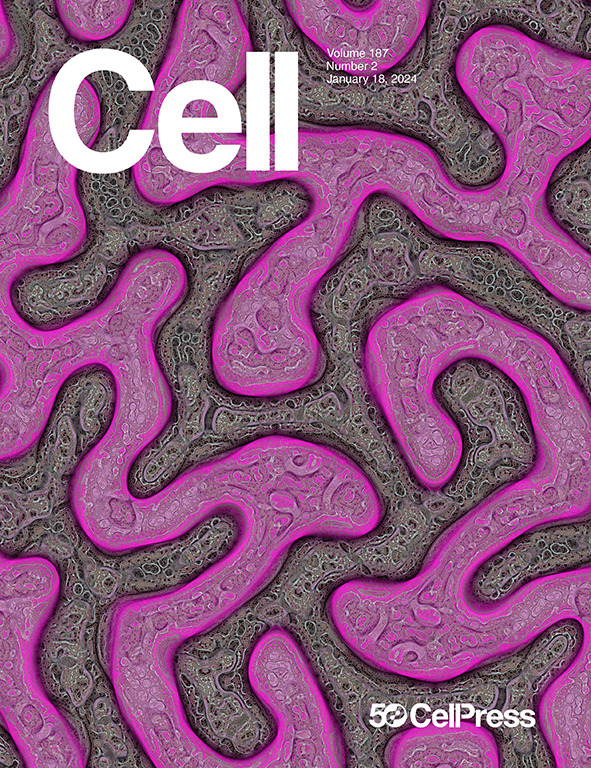鱼类对深海的进化和遗传适应
IF 42.5
1区 生物学
Q1 BIOCHEMISTRY & MOLECULAR BIOLOGY
引用次数: 0
摘要
深海,尤其是深海带,以高静水压力、低温和几乎完全黑暗为特征,为地球上的生命提供了一些最具挑战性的环境。然而,硬骨鱼通过复杂的适应,成功地在这些极端的栖息地定居。我们构建了12个物种的基因组序列,其中包括11种深海鱼类。我们的发现重建了硬骨鱼的深海殖民历史,揭示了深海环境对鱼类的总体影响。有趣的是,我们的结果质疑了之前假设的三甲胺氧化物(TMAO)含量与深度之间的线性关系。相比之下,我们在3000米以下的大多数深海鱼类中观察到rtf1基因发生了收敛性的aa替换,体外实验表明这种突变可以影响转录效率,这可能在深海环境中是有利的。此外,我们的研究强调了人类活动的普遍影响,因为我们在马里亚纳海沟的物种中发现了持久性有机污染物的存在。本文章由计算机程序翻译,如有差异,请以英文原文为准。

Evolution and genetic adaptation of fishes to the deep sea
The deep sea, especially hadal zones, characterized by high-hydrostatic pressure, low temperatures, and near-total darkness, present some of the most challenging environments for life on Earth. However, teleost fish have successfully colonized these extreme habitats through complex adaptations. We generated genome assemblies of 12 species, including 11 deep-sea fishes. Our findings reconstructed the teleost deep-sea colonization history and revealed the overall impact of the deep-sea environment on fishes. Interestingly, our results question the previously assumed linear correlation between trimethylamine oxide (TMAO) content and depth. By contrast, we observed a convergent aa replacement in the rtf1 gene in most deep-sea fishes under 3,000 m, and in vitro experiments suggest that this mutation can influence transcriptional efficiency, which is likely to be advantageous in the deep-sea environment. Moreover, our study underlines the pervasive impact of human activities, as we detected the presence of persistent organic pollutants in species from the Mariana Trench.
求助全文
通过发布文献求助,成功后即可免费获取论文全文。
去求助
来源期刊

Cell
生物-生化与分子生物学
CiteScore
110.00
自引率
0.80%
发文量
396
审稿时长
2 months
期刊介绍:
Cells is an international, peer-reviewed, open access journal that focuses on cell biology, molecular biology, and biophysics. It is affiliated with several societies, including the Spanish Society for Biochemistry and Molecular Biology (SEBBM), Nordic Autophagy Society (NAS), Spanish Society of Hematology and Hemotherapy (SEHH), and Society for Regenerative Medicine (Russian Federation) (RPO).
The journal publishes research findings of significant importance in various areas of experimental biology, such as cell biology, molecular biology, neuroscience, immunology, virology, microbiology, cancer, human genetics, systems biology, signaling, and disease mechanisms and therapeutics. The primary criterion for considering papers is whether the results contribute to significant conceptual advances or raise thought-provoking questions and hypotheses related to interesting and important biological inquiries.
In addition to primary research articles presented in four formats, Cells also features review and opinion articles in its "leading edge" section, discussing recent research advancements and topics of interest to its wide readership.
 求助内容:
求助内容: 应助结果提醒方式:
应助结果提醒方式:


